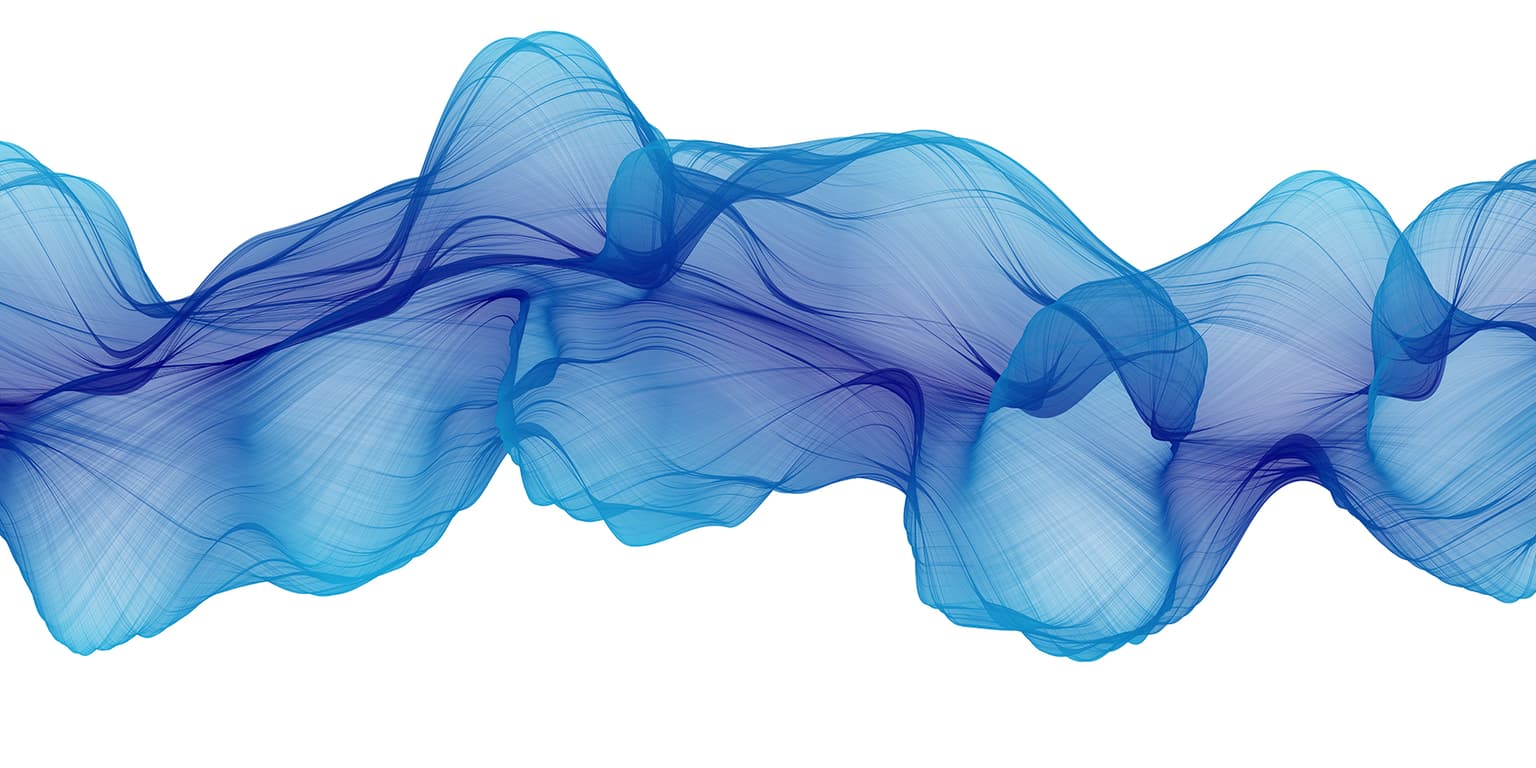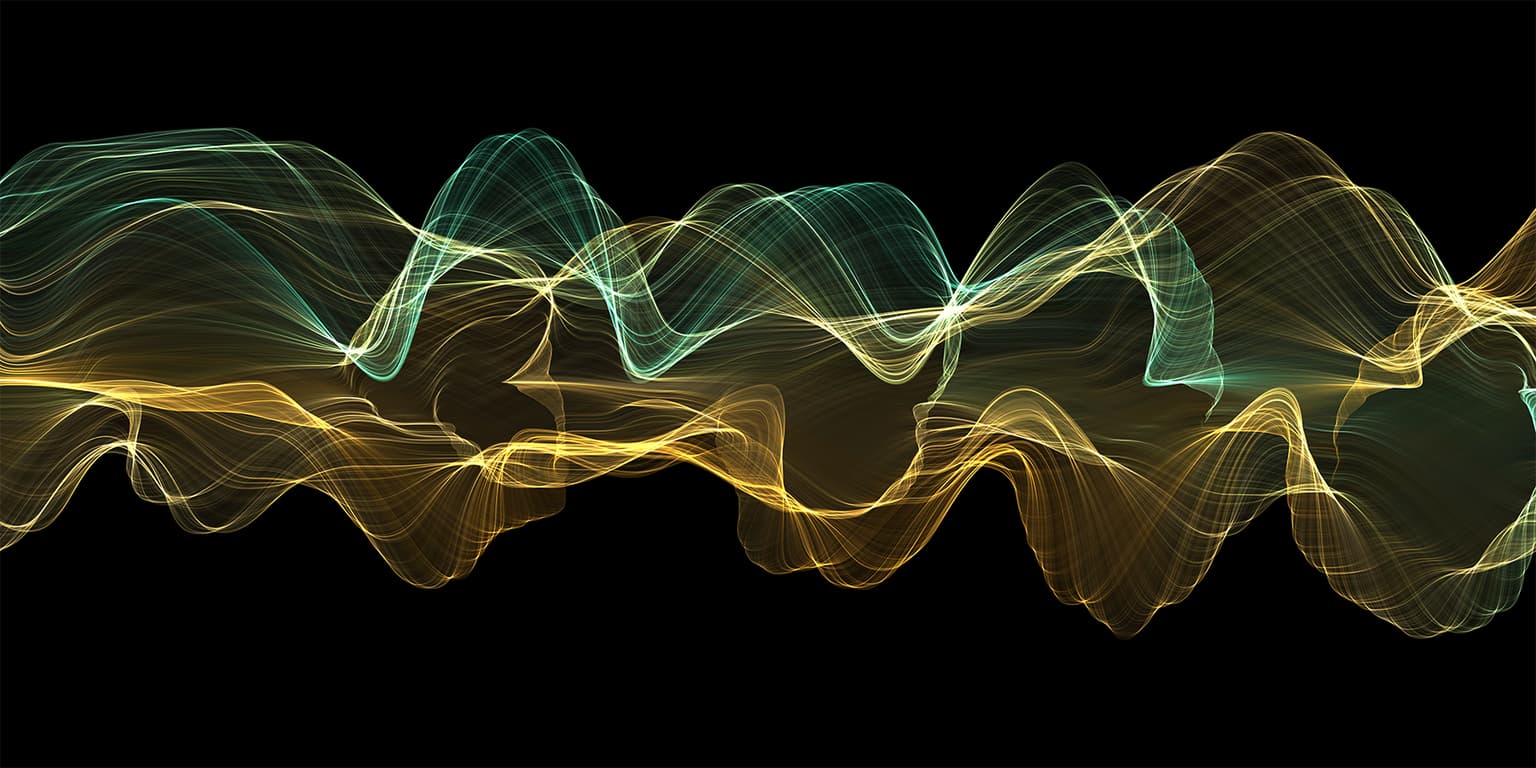2013 Joint Mathematics Meetings
Daniel Gries
Artists
Daniel Gries
Mathematics Faculty
Hopkins School
New Haven, CT
Statement
A mathematician by training, computer coding came to me later in life in the context of building interactive web applications in Adobe Flash, which has more recently led to experiments with JavaScript and Processing. My coding experiments have increasingly drifted in an artistic direction where I mainly focus on creating something that is visually interesting. Although I tend not to insist on mathematical depth, my background in mathematics naturally shows. I especially enjoy restricting myself to using only code to generate images, without painting or post-processing through image editing programs, so that each result is a purely a visual representation of an algorithm.
Artworks

Fractal Cylinder 2
11.5 inches x 22 inches
Giclee print from JavaScript-generated digital image.
2012

Intersecting Fractal Cylinders
11.5 inches x 22 inches
Giclee print from JavaScript-generated digital image.
2012

Fractal Cylinder 1
11.5 inches x 22 inches
Giclee print from JavaScript-generated digital image.
2012